Excavator New Bucket
Excavator bucket is a bucket-shaped component used to dig loose materials such as soil, sand, gravel and construction waste. It is composed of a bottom plate, wall panels, ear plates, ear plates, tooth plates, side plates, bucket teeth, side teeth and other parts. It is a working device often installed on excavators for excavation.
Share:








Several types of buckets most commonly equipped with excavators:
- Standard bucket
The standard bucket is also called an earthwork bucket. It is the most common bucket. Generally, small and medium-sized excavators are equipped with this standard bucket. It is suitable for excavation and loading operations of earthwork such as clay and sand. It has a large bucket capacity, a large bucket mouth area, and a high filling coefficient. At the same time, it uses standard plate thickness without reinforcement and thickening. The production cost is low and the overall cost performance is high.
- Strengthened bucket
The strengthened bucket is based on the original standard bucket. High-strength wear-resistant steel materials are used to reinforce the high-stress and easily worn parts, which greatly improves the strength and wear resistance of the bucket. It is suitable for excavating hard soil, crushed stone, gravel, etc.
- Rock bucket
As the name suggests, excavators equipped with rock buckets are suitable for excavation and loading operations of stones, semi-hard stones, weathered stones, hard stones and blasted ores. They are widely used in harsh environments such as mines and quarries. The bucket is made of thickened plate, with reinforcement plate added to the bottom and side guard plate added to the side, and the strength and wear resistance are further enhanced.
- Mud bucket
The mud bucket is also called dredging bucket. The biggest difference from the above bucket is that it has no bucket teeth and is wider. It is suitable for plane finishing of slopes and steep slopes, and is also suitable for cleaning silt in rivers and ditches.
- Loosening bucket
The bucket teeth of the loosening bucket are very sharp, generally three teeth, easy to break the soil, and take into account the excavation and loading functions while having the loosening effect. It is suitable for loosening, excavating and loading operations on frozen soil, hard soil, stone mines and other geological conditions, especially for pipeline laying narrow trench operations.
The above five are the most commonly used bucket accessories in engineering construction, which are basically suitable for all common working environments. In addition, there are many buckets that have not been introduced one by one. They are more suitable for projects with special working requirements, such as tilting buckets with more precise operations, and four-in-one buckets that integrate multiple functions such as loading and scraping. Of course, choosing a bucket that suits your working conditions can achieve the best working effect.

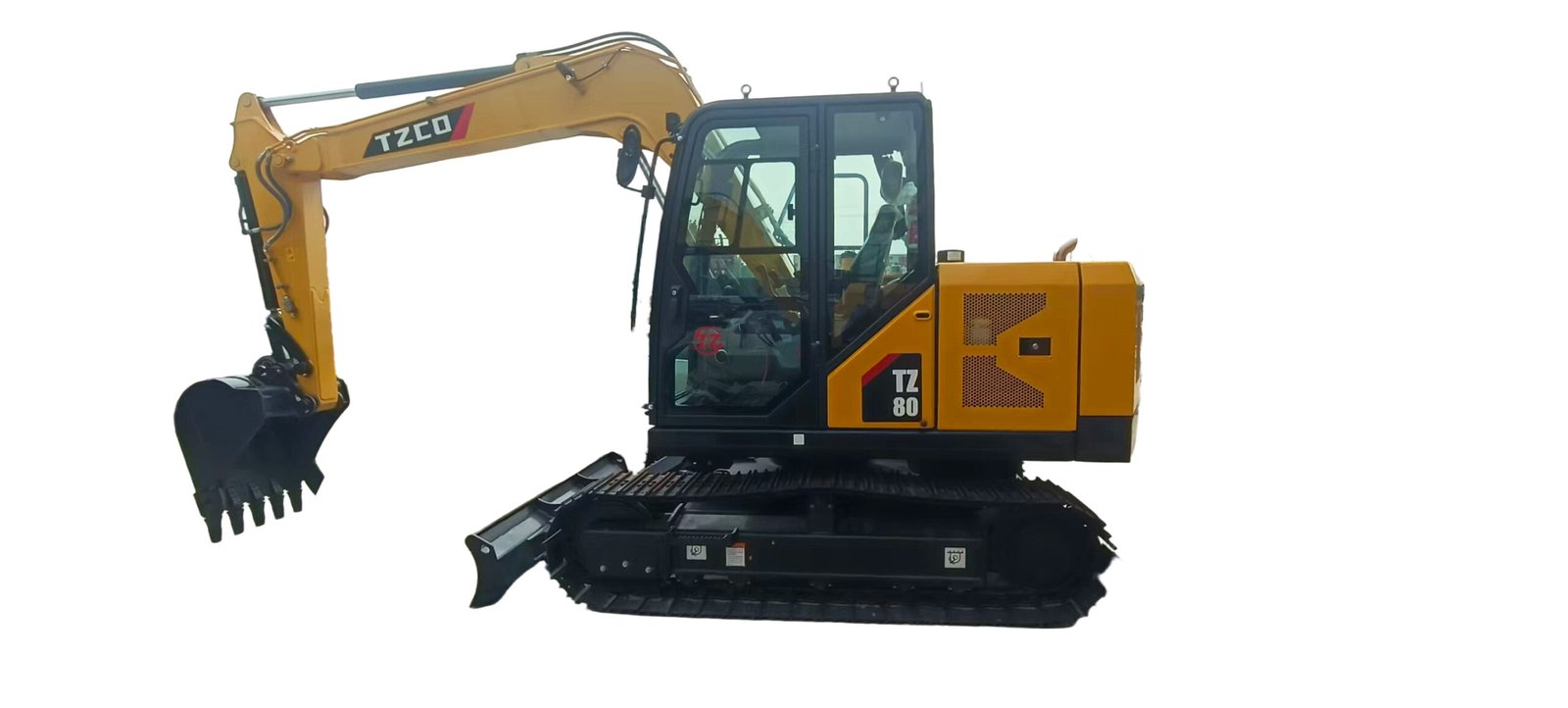
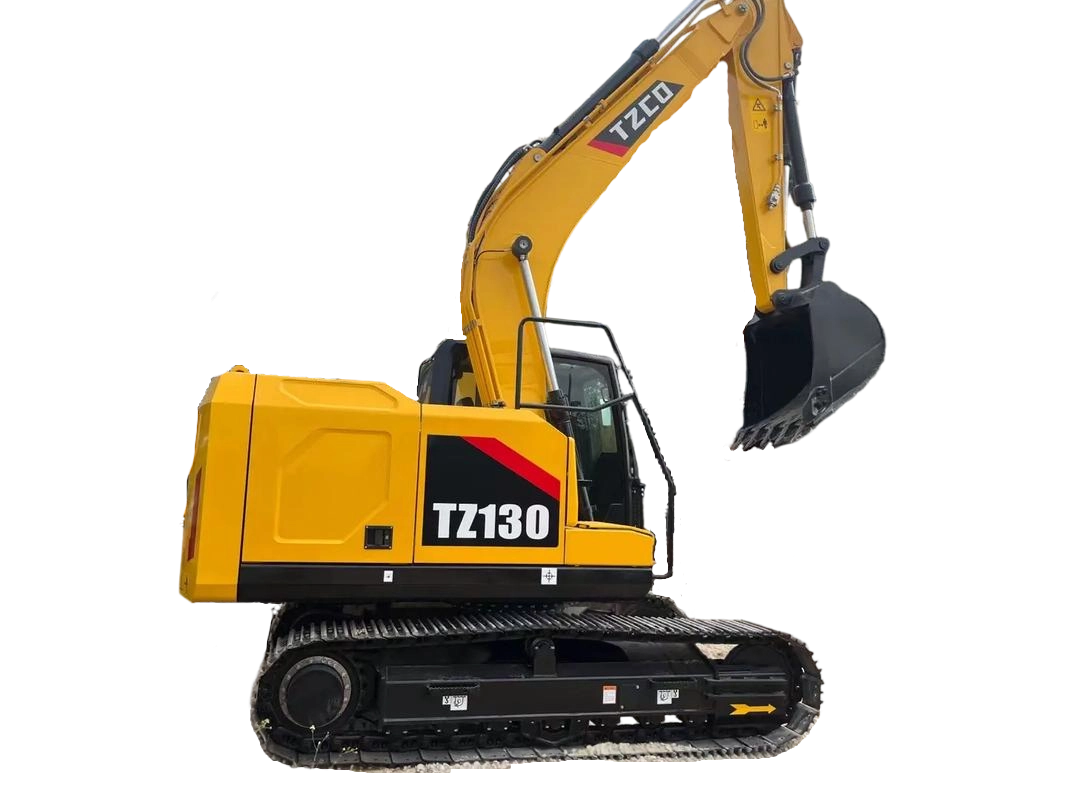
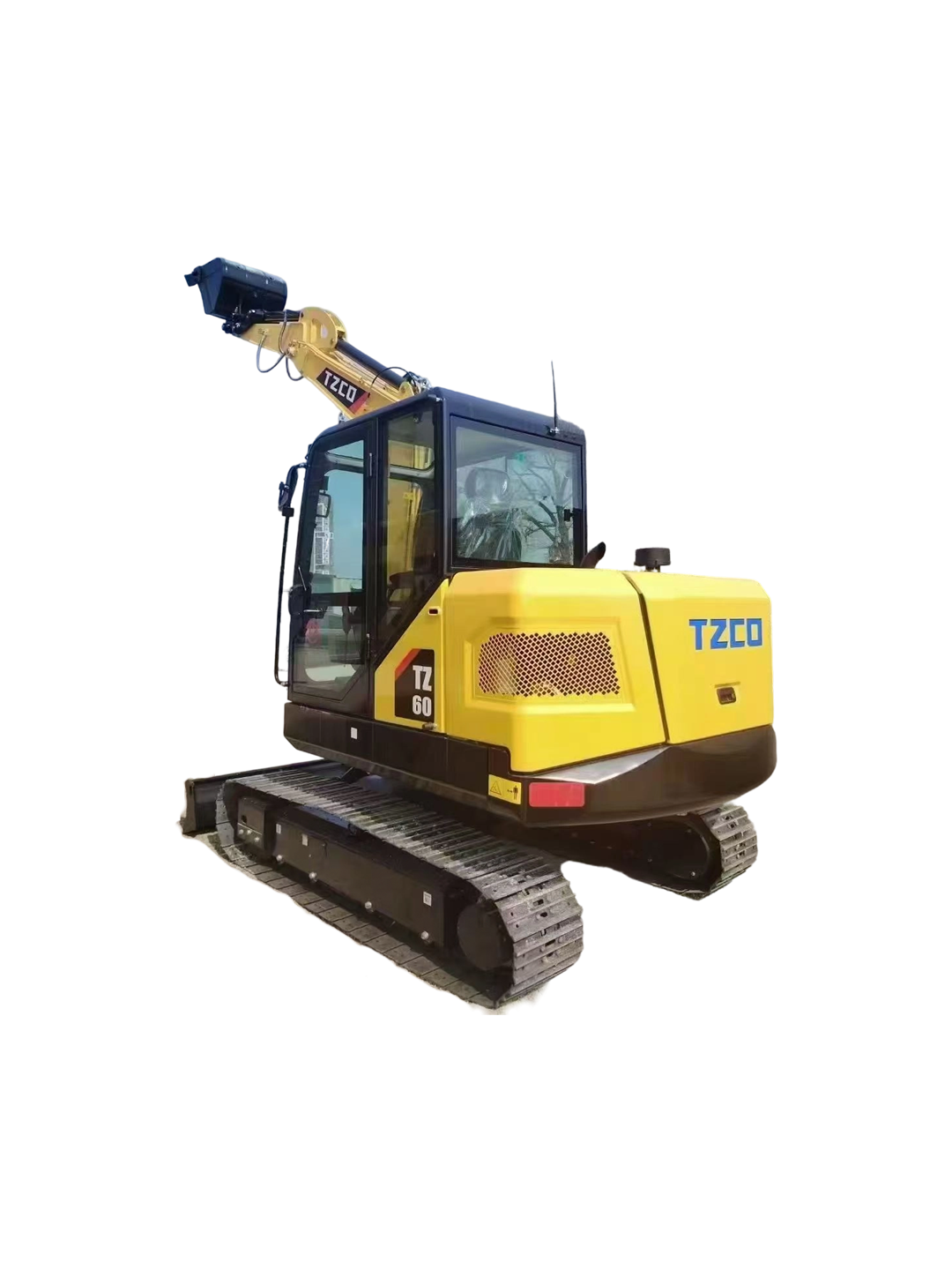
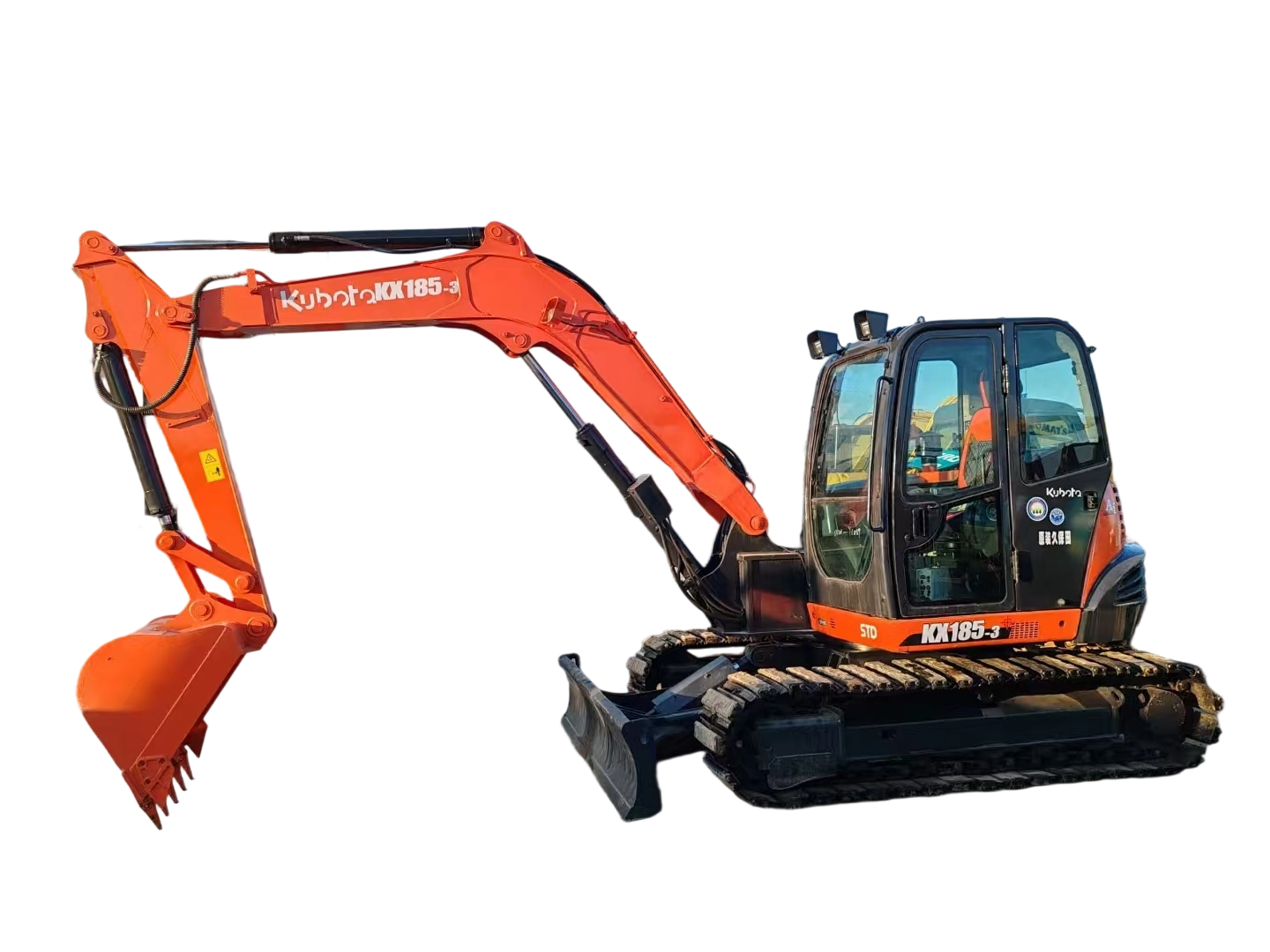
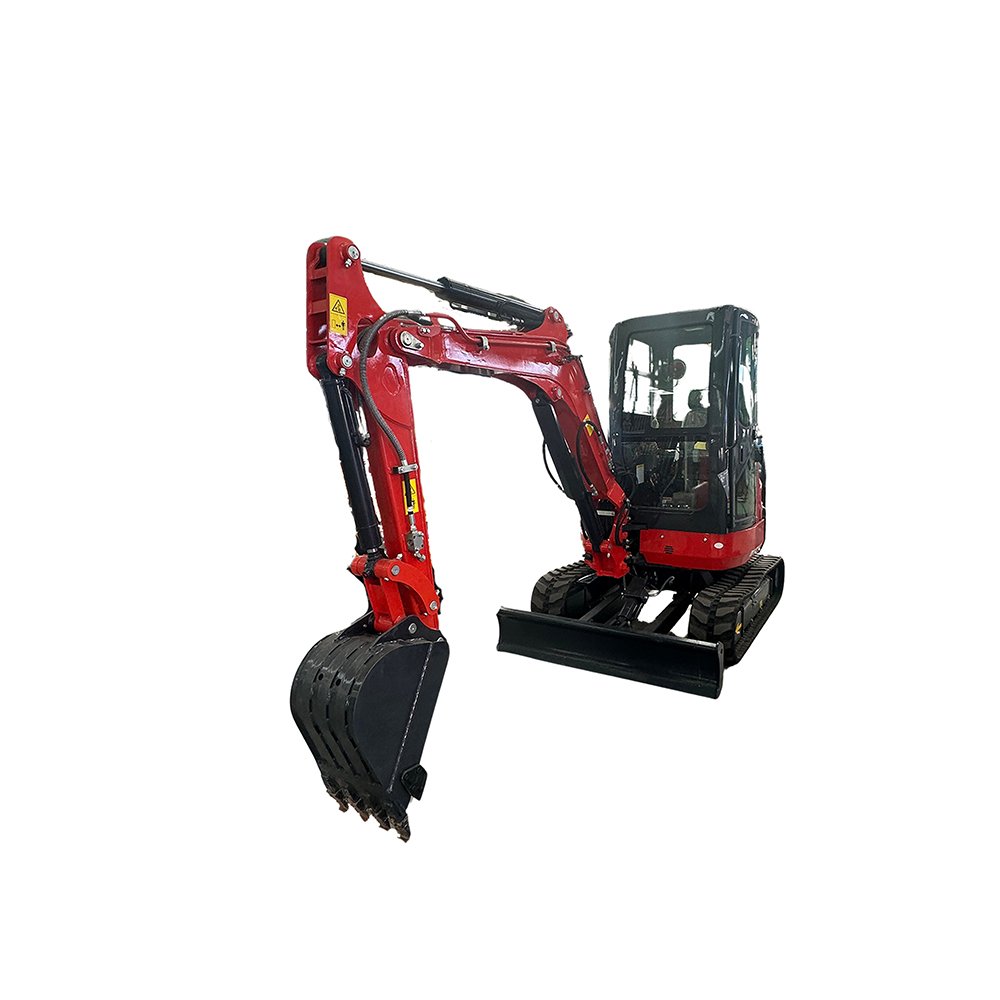
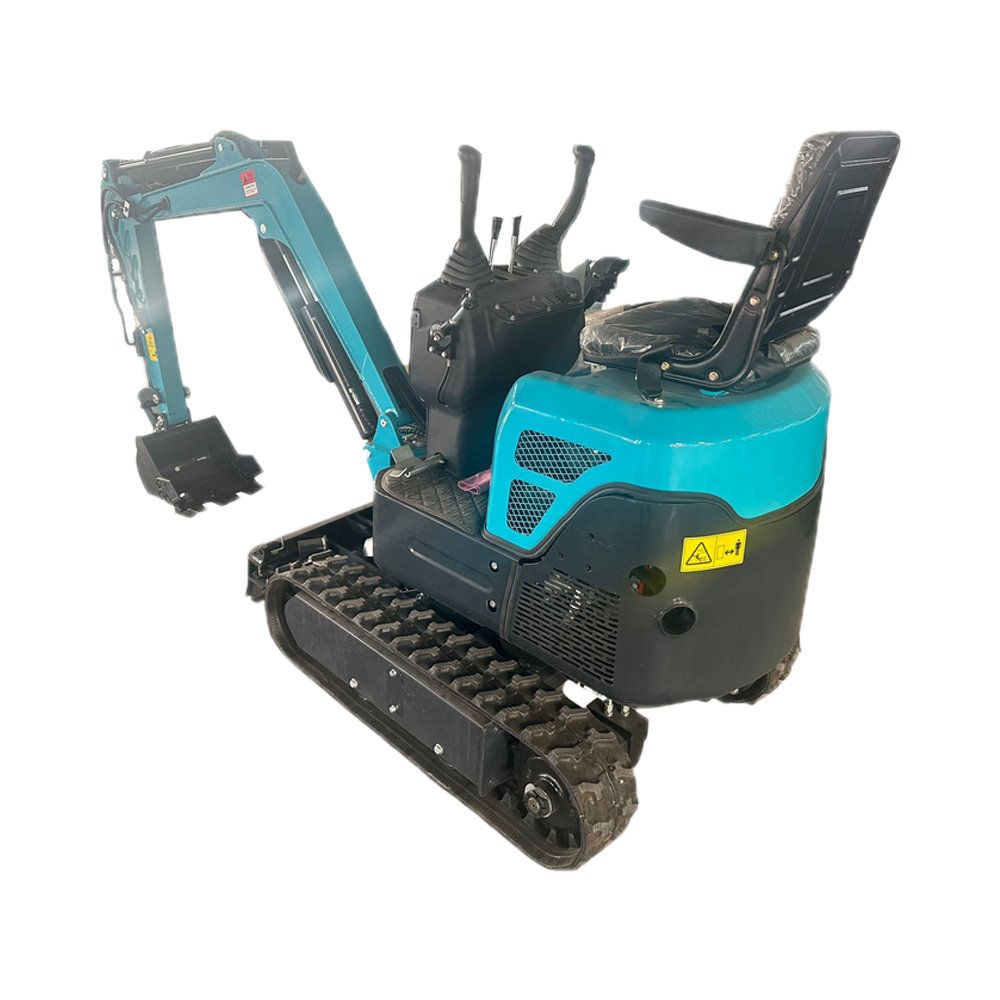

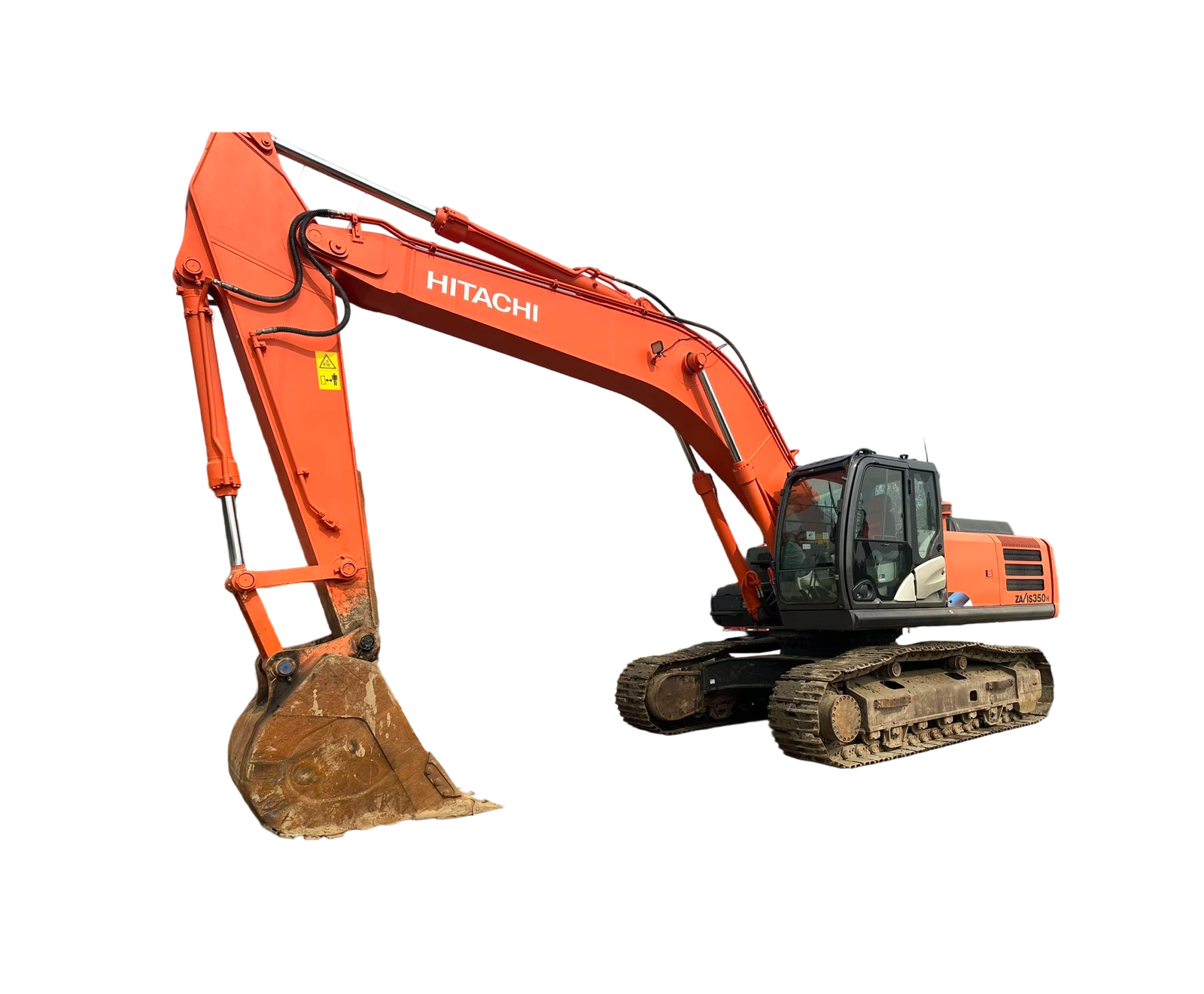
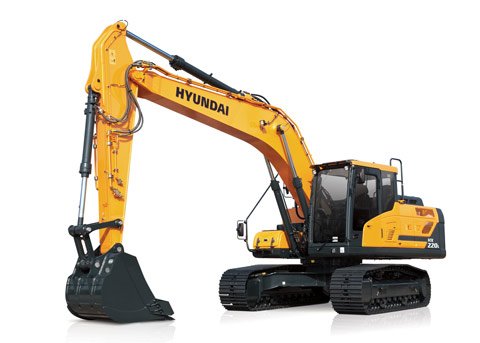
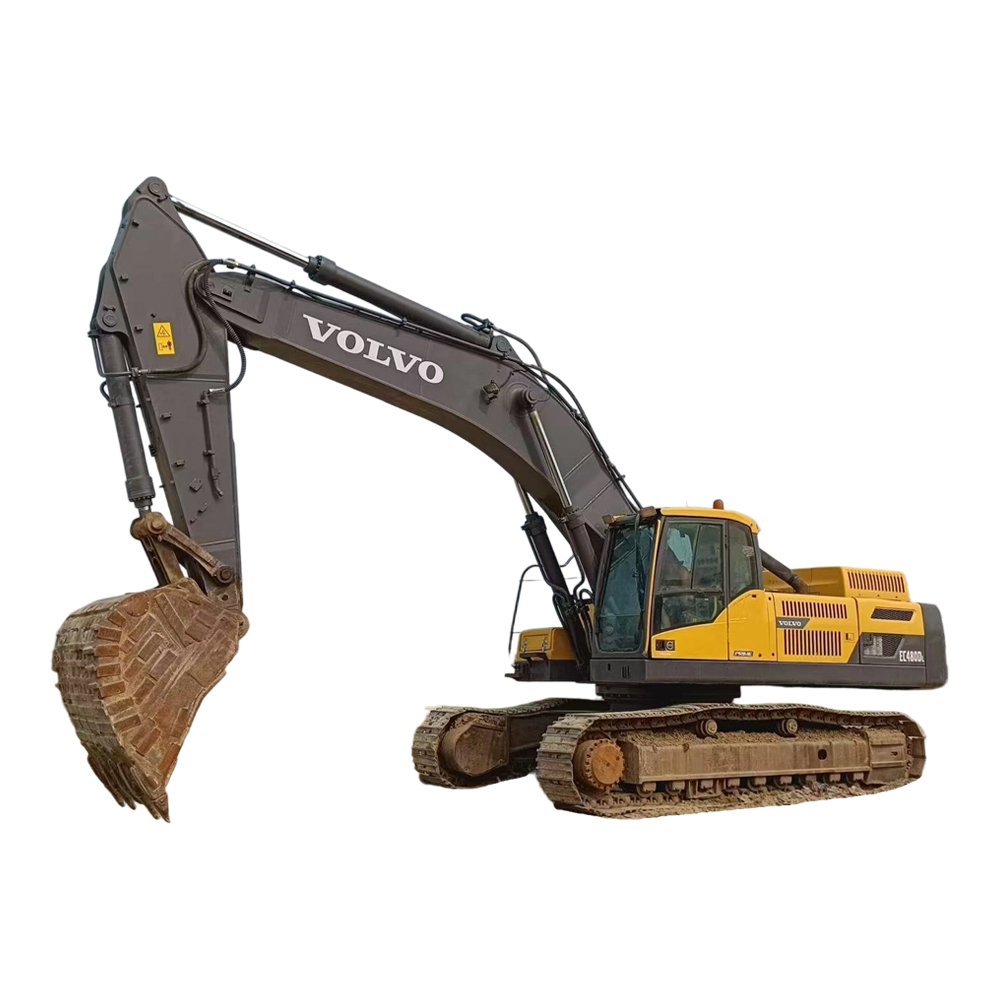
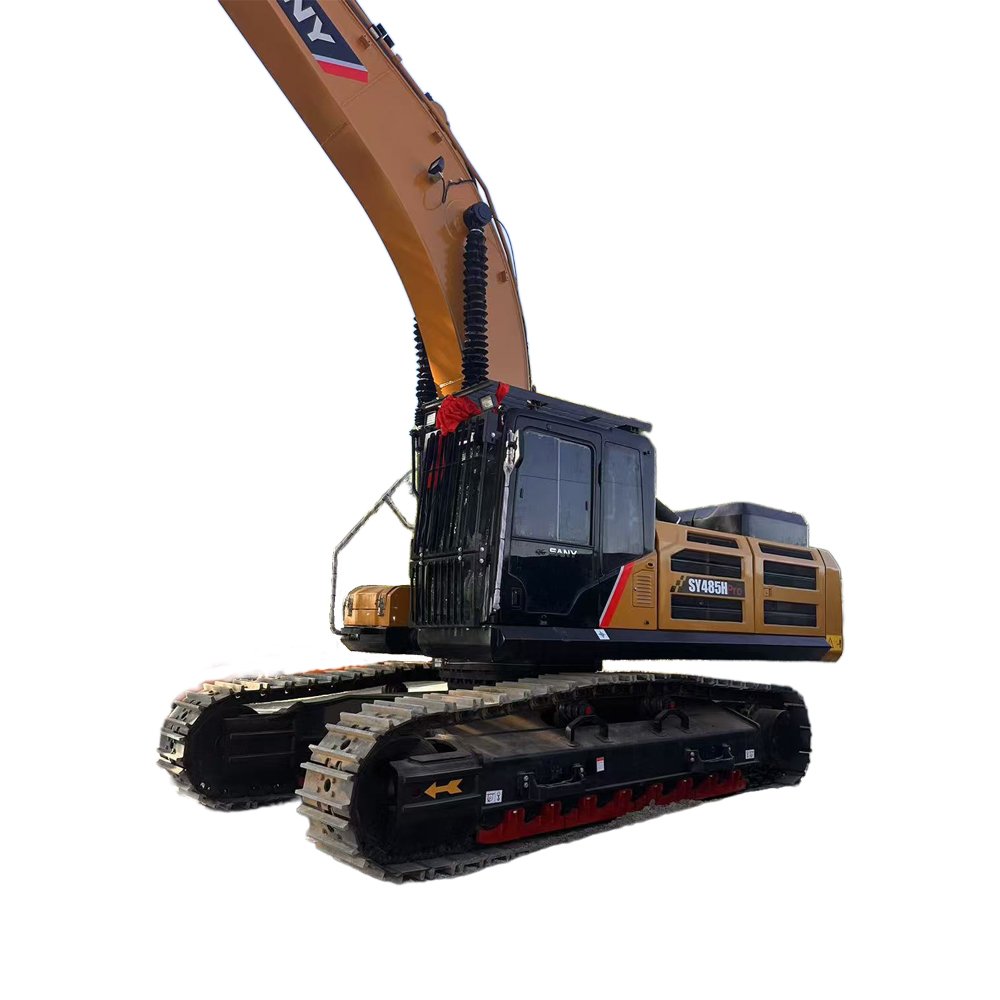




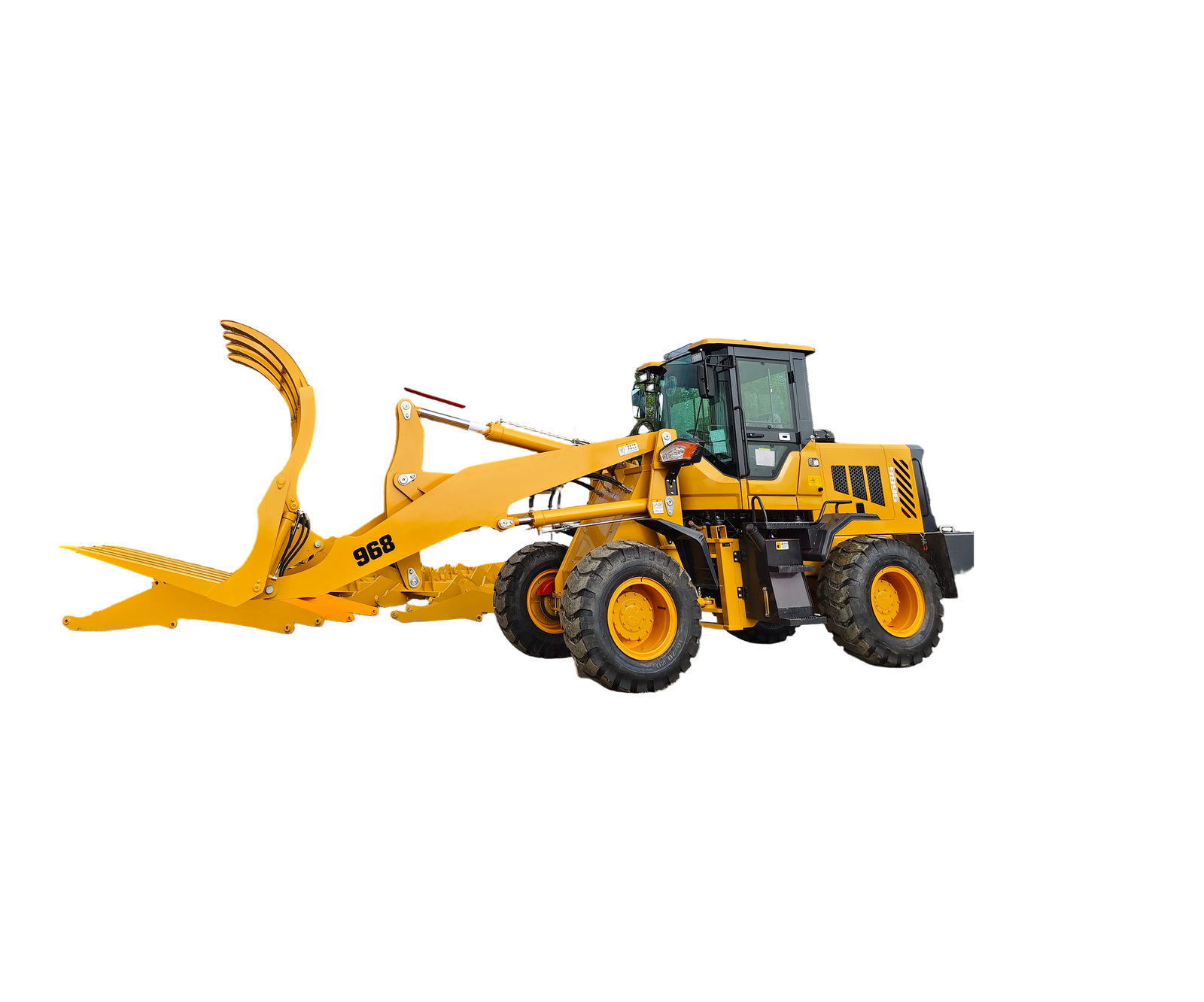
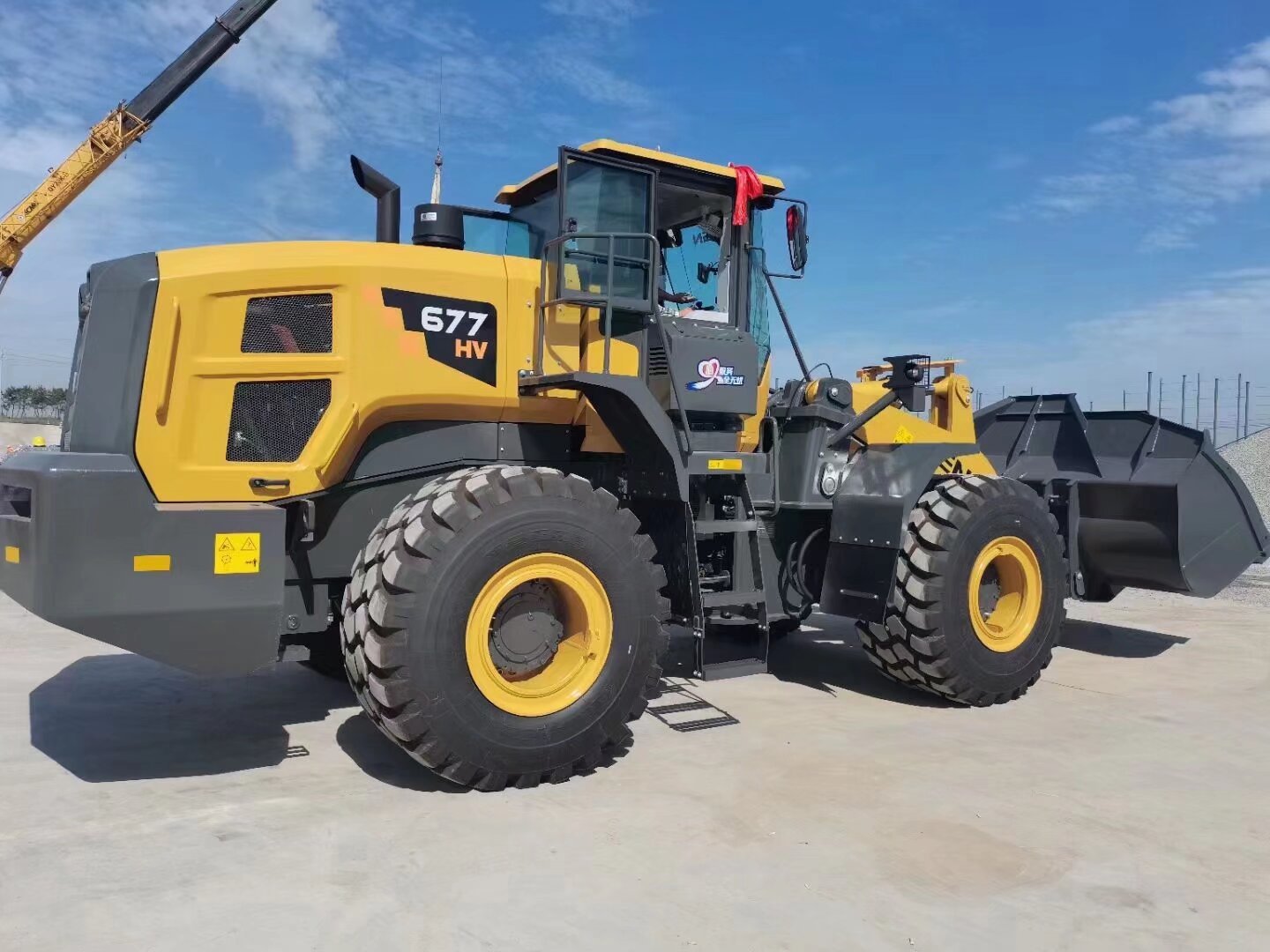
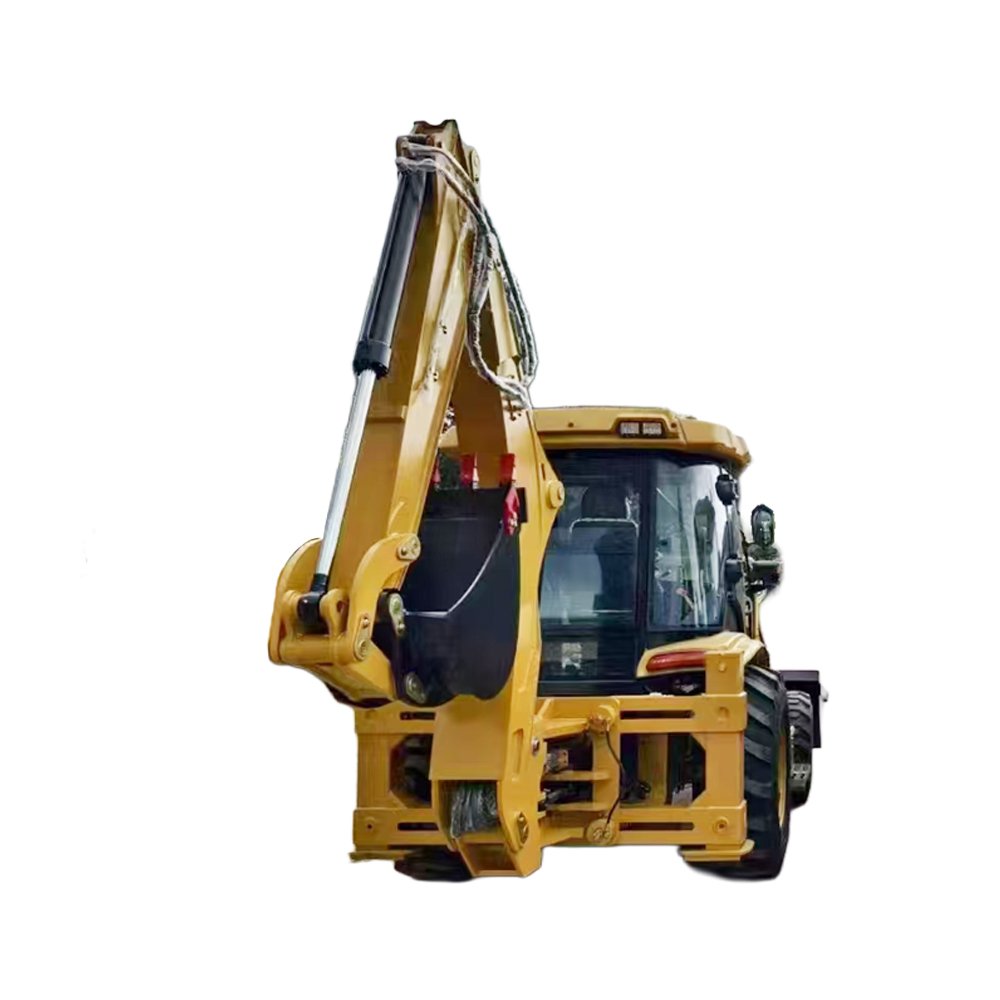

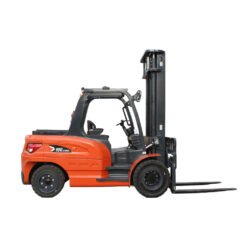
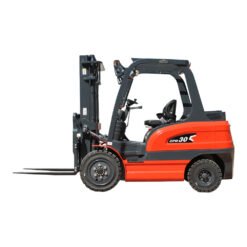
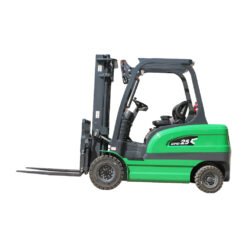

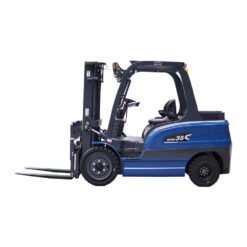
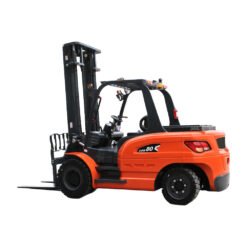
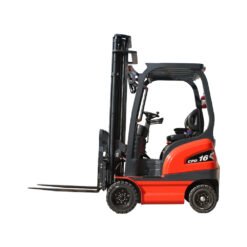
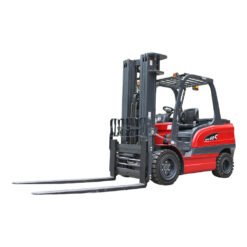









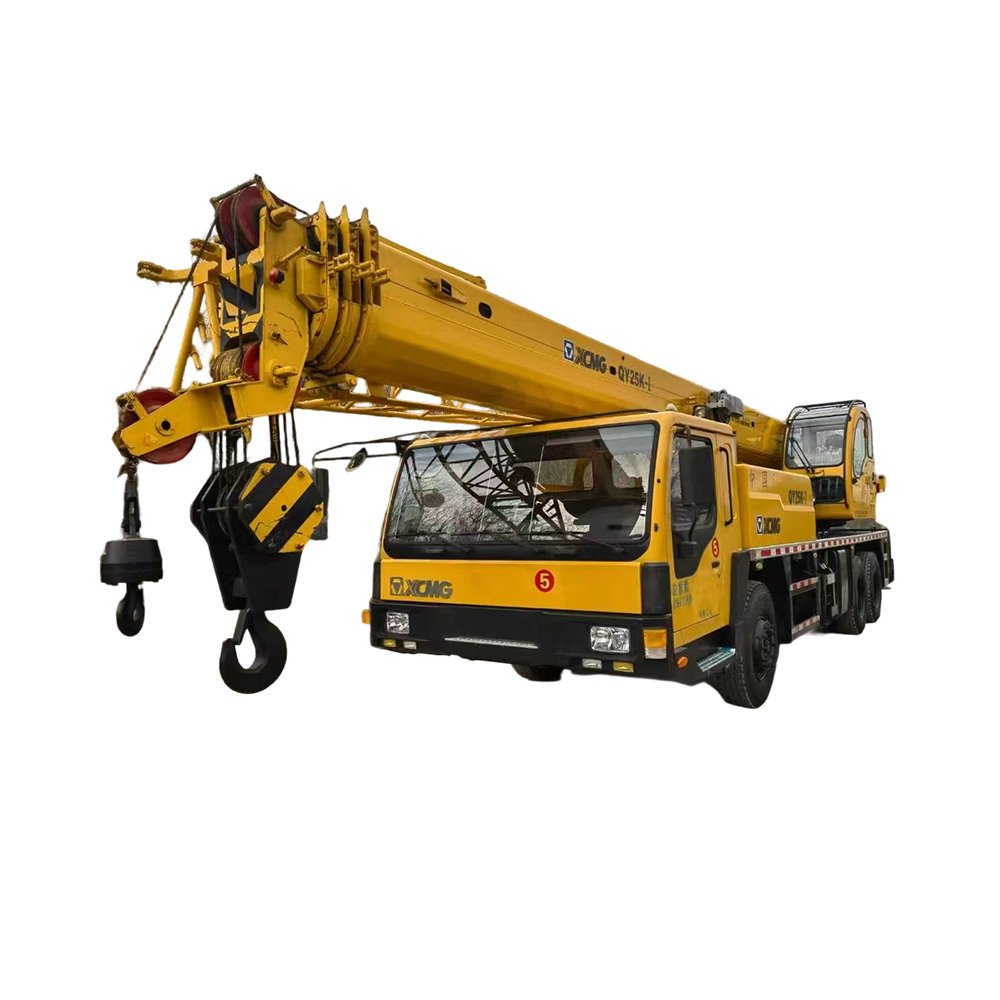


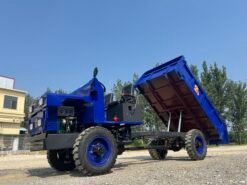












 +86-18953187100
+86-18953187100